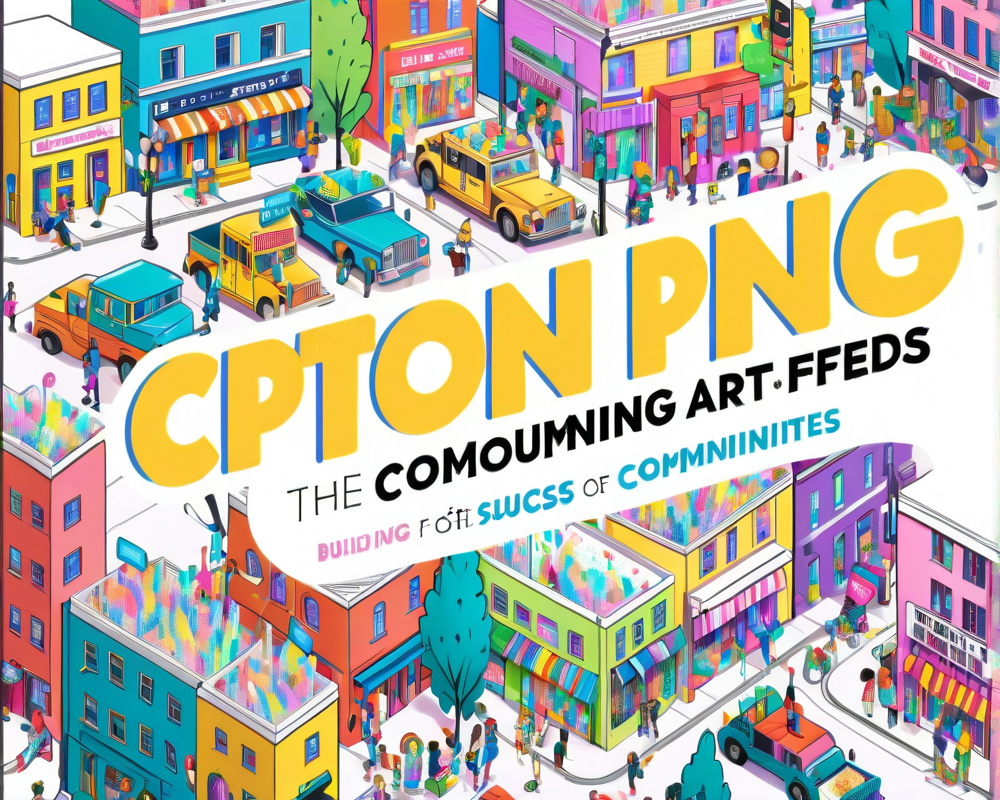A New Era for Cinema: Web3’s Impact
We’ve got sports teams trading NFTs faster than you can say “blockchain,” and musicians are dropping albums on the metaverse, yet the film industry is still looking both ways before crossing into the Web3 lane. Sure, there’s buzz surrounding decentralized autonomous organizations (DAOs) and how they might be game changers, but mainstream adoption? It’s a whisper compared to other industries.
A Look Inside the Web3 Film Project
Director Stephen Fung is blazing a trail with his project, Departed Apes, that seeks to demystify the marriage between cinema and Web3 technologies. Fung isn’t just throwing spaghetti against the wall in hopes something sticks; he sees the potential for tools like non-fungible tokens (NFTs) and soulbound tokens (SBTs) to revolutionize the experience for both filmmakers and audiences.
Visual Storytelling Meets Technology
According to Fung, the essence of film and Web3 is one and the same: visuals. He insists, “Films are just moving images, telling stories. It’s all very visual based.” And therein lies the opportunity – creating an engaging and visually captivating interaction through newer technologies. But hold your applause; there’s a catch.
The Intellectual Property Dilemma
Like a dog with a bone, the film industry fiercely guards its intellectual property (IP). Fung explains that for major studios like Marvel, diving into unregulated waters isn’t on the agenda. After all, why risk tainting the value of an IP they’ve nurtured like a prized flower?
Take a look at the recent spat between Quentin Tarantino and Miramax over NFTs tied to Pulp Fiction – a textbook example of how precarious the landscape can be. Who owns what when there’s art involved? Spoiler alert: It’s complicated.
Using Community Engagement as a Canvas
Even amidst these concerns, Fung sees a bright side. By leveraging platforms like Discord, filmmakers can turn community engagement into a dynamic “writers’ room.” It’s a refreshing flip on the usual “no peeking behind the curtain” mentality in traditional filmmaking. In doing so, creators can foster genuine connections with fans and supporters, enhancing the movie-making experience.
The Future of Web3 Film: A Genre of Its Own?
Can we classify Web3 films into their own genre? Fung navigates this murky territory by defining them in two ways: films stemming from web-based content, like a feature adaptation of the Bored Ape Yacht Club, or conventional movies reborn within metaverse platforms. The possibilities are electrifying—and a bit daunting. Fung urges filmmakers to embrace some risk-taking as they carve out this new frontier.
Final Thoughts: The Road Ahead
While it may feel like the film industry is tiptoeing around the Web3 waters, the conversation is just getting started. Web3 tools can serve as vital connectors between audiences and creators, redefining what it means to experience a film in the digital age.




